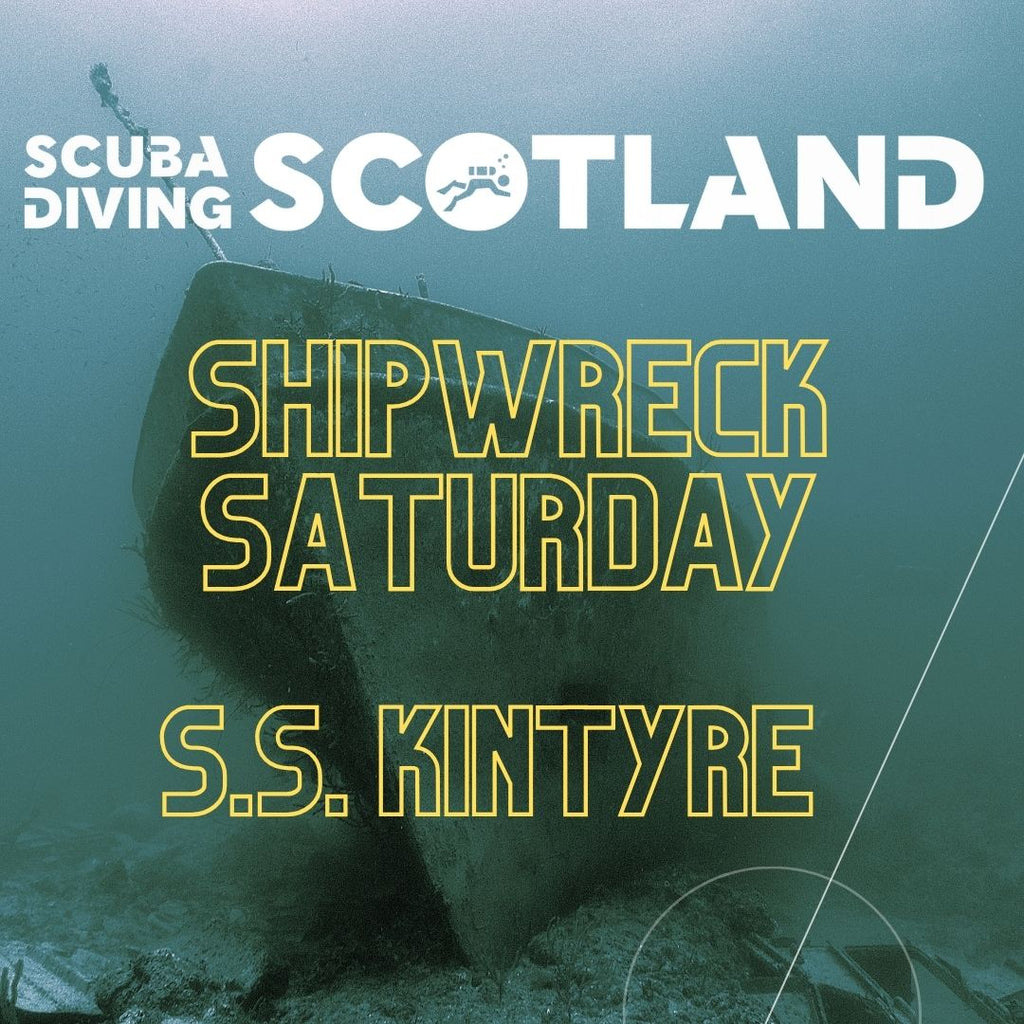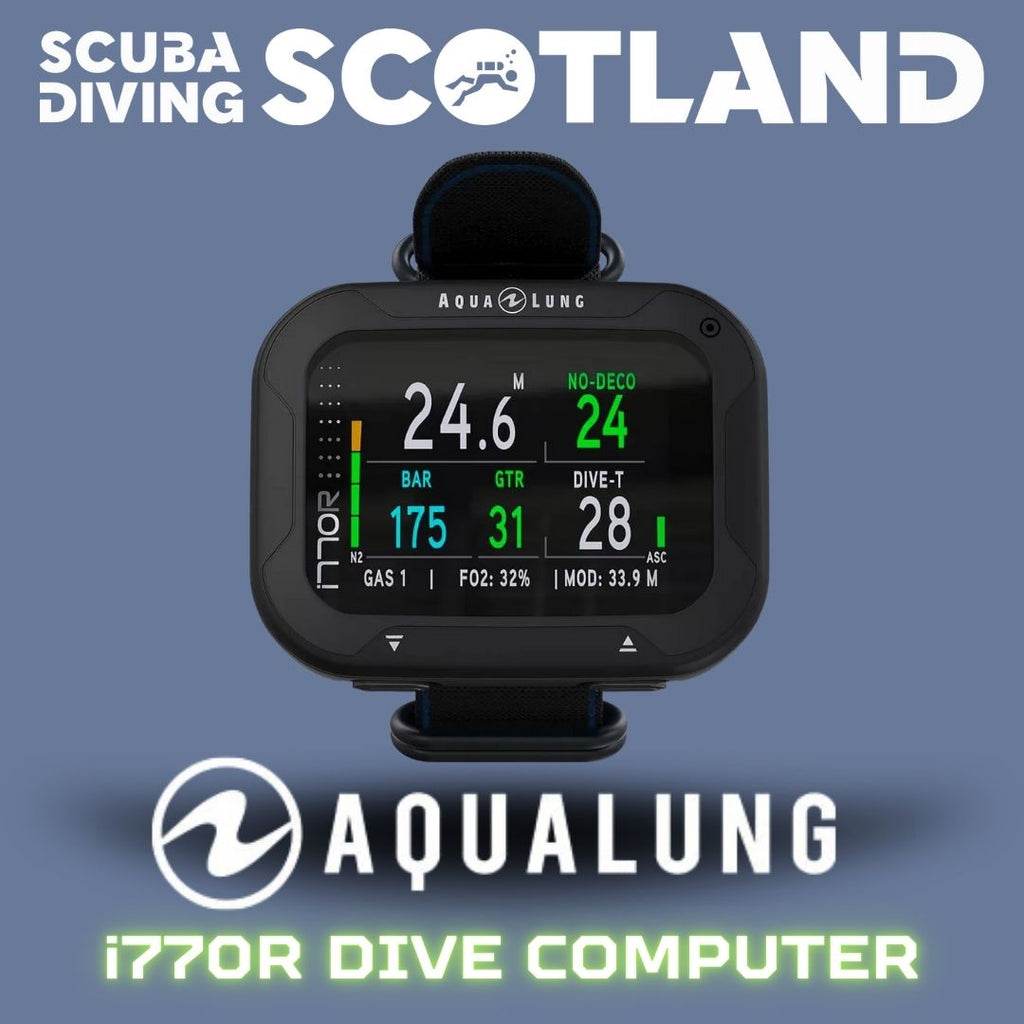News
Ship Wreck Saturday - S.S. Kintyre

The small iron cargo passenger steamship Kintyre is generally acknowledged to have been one of the most graceful steamers of her type to sail on the Clyde. Owned by Campbeltown & Glasgow Steam Packet Joint Stock Company, she was familiarly referred to as the Campbeltown Yacht, because of her raked lines and clipper bow. Built by Robertson & Company, Greenock (Yard No 10) she was launched on 10th June 1868. She measured 184.7′ x 22.9′ x 11.5′ and her tonnage was 314 gross tons, 94 net tons. She was powered by a compound steam engine by Kincaid, Donald and Co Ltd of Greenock delivering 90 registered horse power.
On Wednesday 18th September, 1907 the Kintyre was lost in collision with the 3500 gross ton steamer Maori about four hundred yards south west of Wemyss Point. The Maori, only recently completed by her builders Denny of Dumbarton, was undergoing speed trials on the measured mile at Skelmorlie. On completing a run northwards, she passed Wemyss Bay Pier and altered course to port before swinging in a wide arc back into Wemyss Bay for her next run south. Meanwhile the Kintyre, en route to Tarbert via Campbeltown, was steering a course close to the Renfrewshire coast. When the vessels were about half a mile apart signals were exchanged, the Maori making it clear she was continuing her long turn to starboard. At this point the Kintyre should have slowed to let the larger vessel pass in front but, either due to some misunderstanding or more likely a desire not to waste time by slowing, no order to that effect was given by her master, Captain MacKechnie. Steaming at full speed the Kintyre cut across the path of the Maori which, by now, was very close. The engines of the Maori were put full astern but her momentum could not be checked before she crashed into the starboard side of the Kintyre near the aft hatch. The two vessels remained locked together long enough for most of the crew of the Kintyre to clamber aboard the Maori. Meanwhile the Kintyre was beginning to sink and, with water quickly filling the engine room and aft cabin, her stern soon became submerged.'










